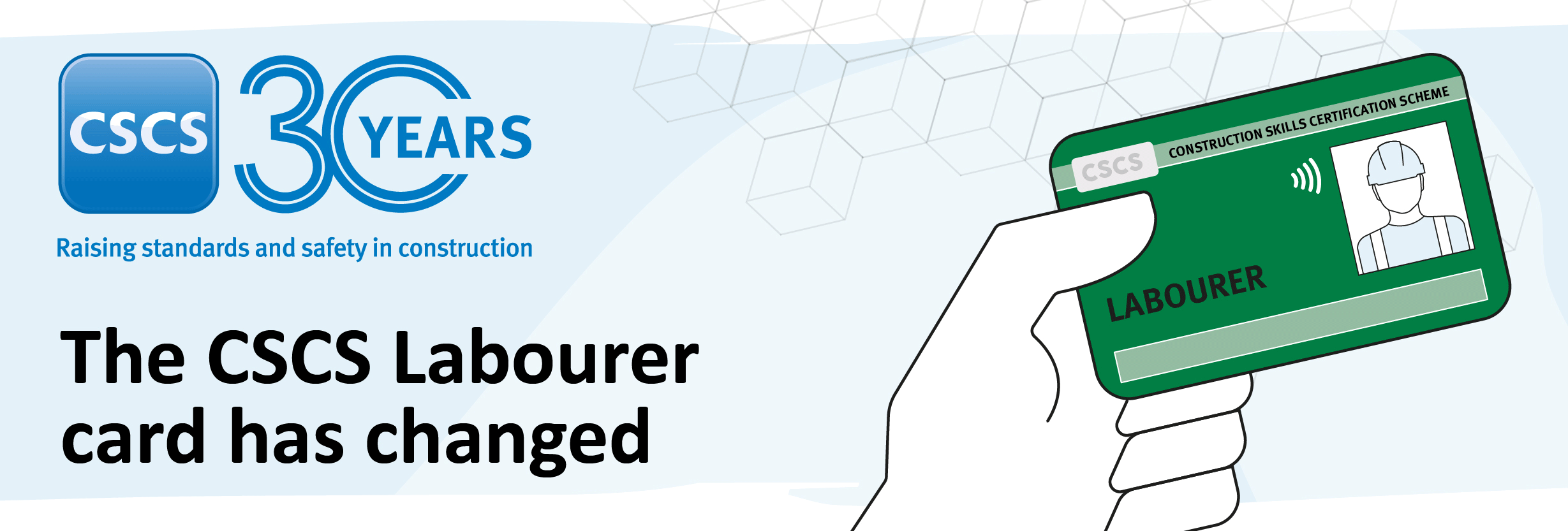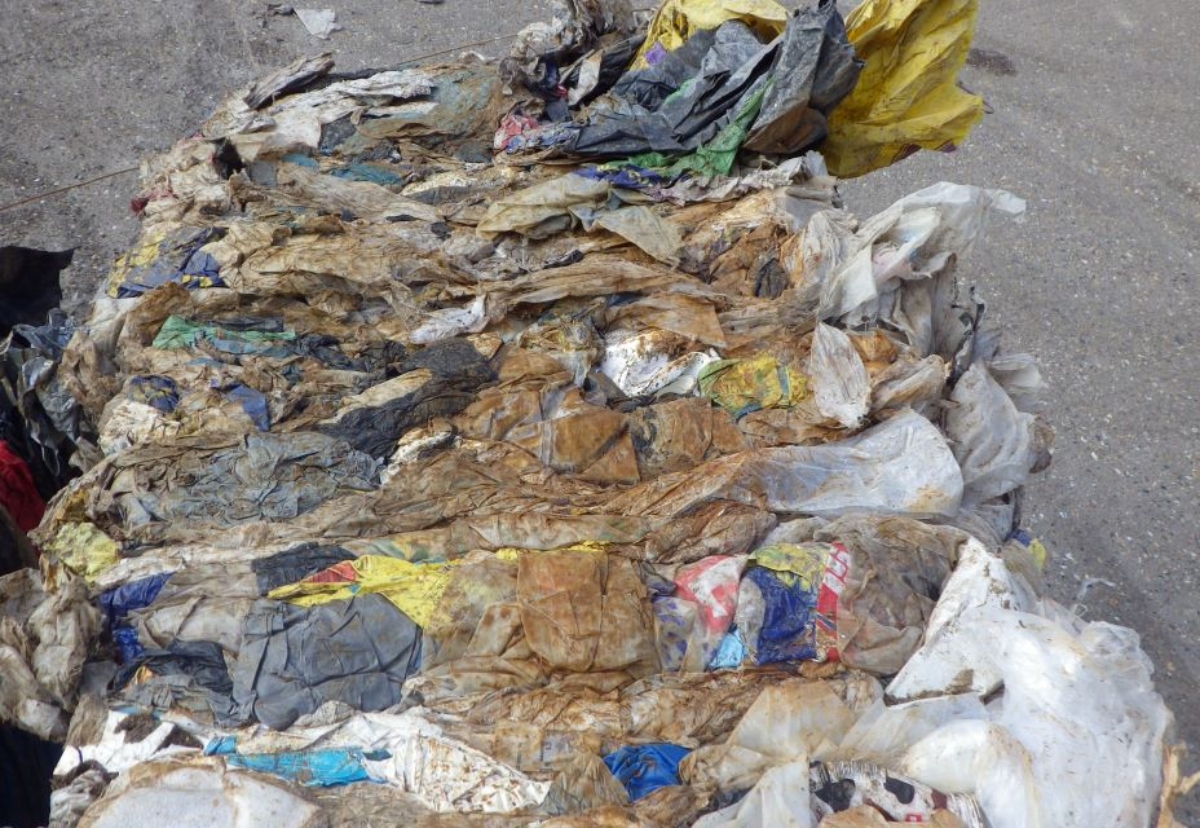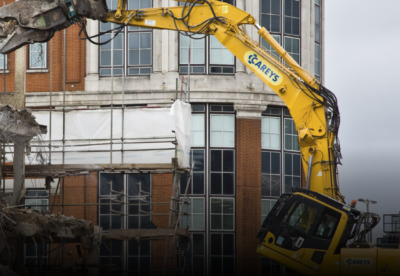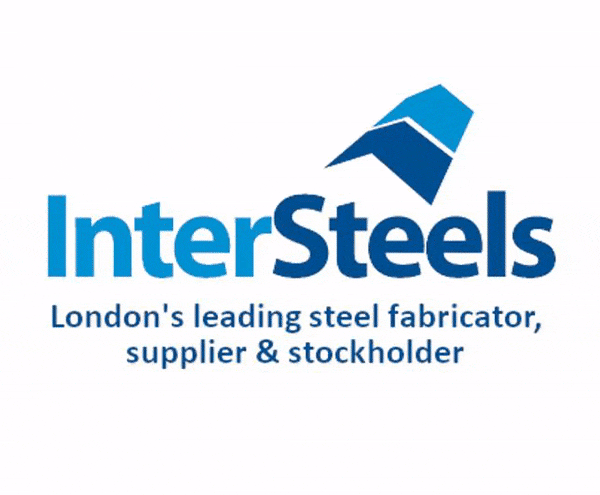The Environment Agency has pointed the finger at construction and demolition as the worst offenders for generating waste contaminated with materials such as mud, sand, bricks and wood.
Waste exporters are frequently classifying this as ‘green list’ waste of low risk to the environment, but it is often contaminated poor grade plastic waste which is illegal to export.
Firms convicted of illegally exporting this contaminated waste face an unlimited fine and a two-year jail sentence.
But Agency enforcers are warning construction firms are also in the firing line and could face enforcement action if they are found to show disregard for the environment.
During the last year, the EA said it had intercepted huge numbers of shipments to prevent their illegal export. Of 1,889 waste containers inspected at English ports, agency enforcers stopped a quarter from being illegally exported.
This, combined with regulatory intervention upstream at sites, prevented the illegal export of nearly 23,000 tonnes of waste.
It said exporters were undermining legitimate businesses in the UK seeking to recover such waste properly.
Malcolm Lythgo, Head of Waste Regulation at the Environment Agency, said: “We are seeing a marked increase in the number of highly contaminated plastic film and wrap shipments from the construction and demolition industry being stopped by our officers.
“I would strongly urge businesses to observe their legal responsibility to ensure waste is processed appropriately, so we can protect human health and the environment now and for future generations.
“It’s not enough just to give your waste to someone else – even a registered carrier. You need to know where your waste will ultimately end up to know it’s been handled properly.
“We want to work constructively with those in the construction and waste sectors so they can operate compliantly, but we will not hesitate to clamp down on those who show disregard for the environment and the law.”
Simple, practical steps to ensure that C&D site waste is handled legally
Construction businesses should check what’s in their waste
- Different waste types need different treatments and so must be correctly categorised to ensure it goes to a site that is authorised to handle it safely.Businesses can also check if waste is hazardous as different rules might apply.
- When a waste collector is transporting site waste, contractors must check they have a waste carrier’s licence from the EA.
- Contractors must also check that the end destination site any waste is taken to is permitted to accept it and has the right authorisations in place. Keep a record of any waste that leaves site by completing a waste transfer note or a consignment note for hazardous waste which records what and how much waste you have handed over and where it is going.
- Contaminated C&D waste plastic – including low-density polyethylene (LDPE) wrap and film – must be exported with prior consent from the EA as well as competent authorities in transit and destination countries.
Anyone with information regarding the illegal export of waste including C&D waste plastics can contact the EA’s Illegal Waste Exports team at [email protected] or anonymously via Crimestoppers on 0800 555 111 or via their website https://crimestoppers-uk.org/give-information.














































.gif)


 (300 x 250 px) (1).gif)






